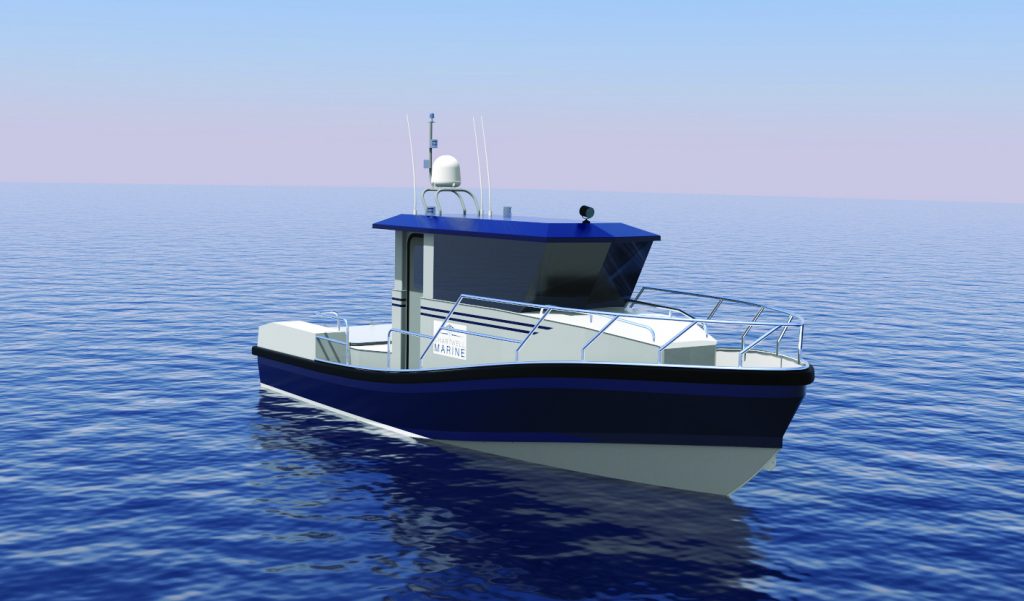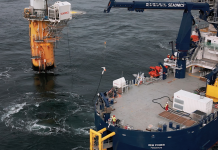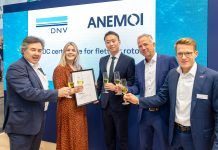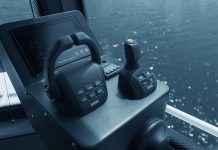Chartwell Marine, a pioneer in next generation vessel design, has announced significant investment and growth in its team as it responds to growing global demand for its specialist vessel design services. In particular, Chartwell’s commercial activity over the past 12 months has been driven by growth markets as such offshore wind and vessel hybridization, alongside a clear need for the “next generation” of specialist workboats that respond effectively to new operational requirements and demands.
To support an increasing number of global vessel design and consultancy contracts, Chartwell is investing in three key areas: The first is in personnel, with two new permanent staff joining the seven-strong specialist design team, and the appointment of reputed naval architect, Professor Bob Cripps, as non-executive director. The second is in a new Southampton HQ at Deacons Boat Yard, Bursledon, which Chartwell’s expanding team will use as a hub for serving clients across Europe, the U.S., and Asia. The third is a significant investment in software and training for all members of the team.
The emergence of offshore wind across these regions has been a key driver of innovation in vessel design, with vessel operators in established markets seeking new crew transfer vessels (CTVs) that capitalize on lessons learned to date — while new offshore wind markets such as the U.S. and Taiwan look to refine this proven formula for application in new operating environments.

Launched in late 2018, Chartwell Marine’s Chartwell 24 catamaran has been designed to meet these needs and has generated substantial interest from the international offshore wind development community. The business received its first two Chartwell 24 orders from class-leading vessel operator, Seacat Services, earlier this year.
Simultaneously, increasingly stringent emissions regulations worldwide are leading maritime businesses, including offshore wind vessel operators and port authorities, to carefully consider their carbon footprints, making the design of effective hybrids increasingly important.
Chartwell Marine is swiftly establishing a strong track record in the area of hybrid propulsion, having led on a number of pioneering projects over the past 12 months. In conjunction with U.K. boat builder Wight Shipyard Co., the company unveiled the first Chasewell 9-meter hybrid patrol boat in June 2019 — a vessel design which will set new standards for clean, low-cost port operations.
In addition, Chartwell Marine was selected by a leading U.S. institution to design and specify build for a unique U.S. hybrid vessel. The 65-foot high-performance catamaran has been designed to meet EPA Tier 4 emissions standards, setting a benchmark for vessel operators and boat builders in the U.S. and further afield.These high-profile projects have been accompanied by a wide range of bespoke design briefs, responding to the operators’ unique requirements — which include the Catchwell fishing vessel, Chartwell Rib and several new yacht designs capitalizing on lessons learned from the rapidly developing workboat market. Each design leverages Chartwell Marine’s R&D expertise — particularly in the area of hull design, where computational flow dynamics (CFD) modeling and scale prototype model testing has been used to reduce drag and improve seakeeping for superior speed and performance, while also lowering emissions.
More Info www.chartwellmarine.com



























